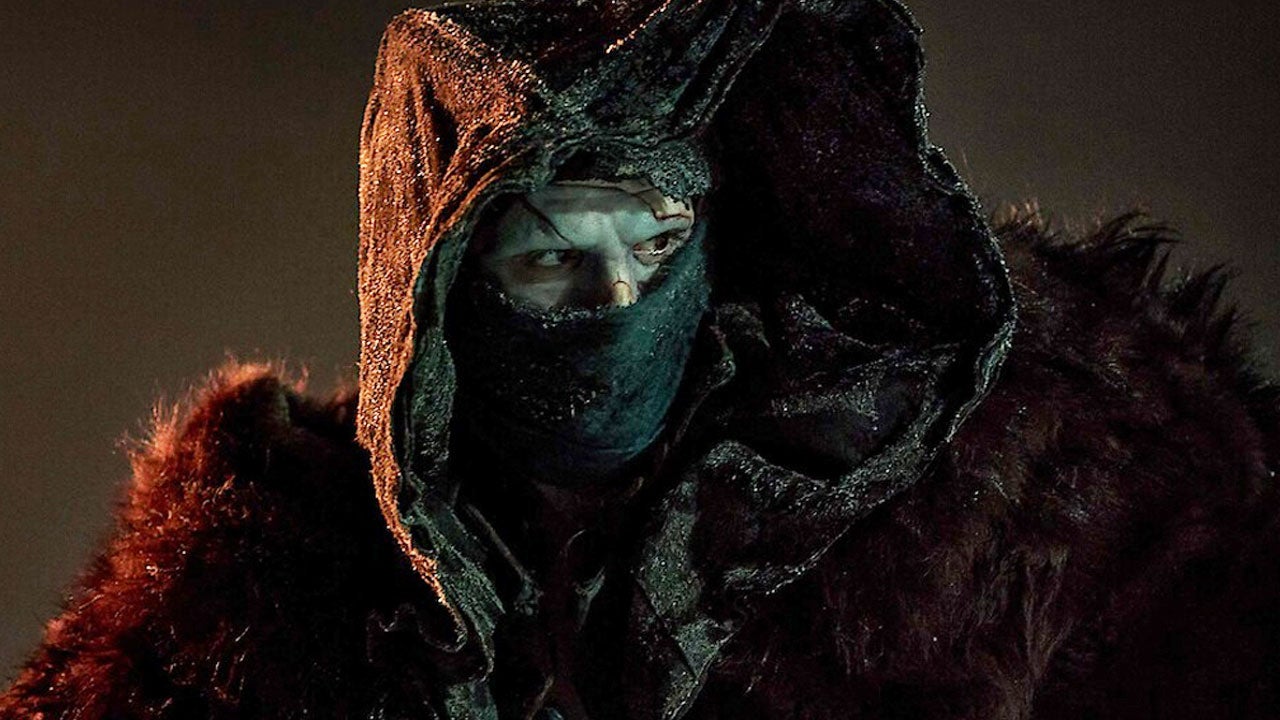
Guillermo del Toro’s Frankenstein Review
Frankenstein received a limited release in theaters starting on October 17 followed by a Netflix release on November 7.
Stories about generational trauma are nothing new – chronicles of the pain that is handed down from parent to child and, in time, right on down the line to the next child, never breaking the cycle. It’s, as Mrs. Potts once said, a tale as old as time. From Kronos eating his own lil’ ones, only to suffer the eventual wrath of those children under the leadership of Zeus – who would pass down his own messed-up issues to his myriad children – all the way to Michael Corleone’s fall into the very underworld that his father hoped he would rise above, the pain is real.
It’s also a great avenue for telling compelling stories. Which brings us to Guillermo del Toro’s Frankenstein.
Guillermo del Toro’s Frankenstein ImagesPretty much everyone knows the story of Frankenstein, and del Toro – who’s been trying to get a movie based on the iconic novel made for at least 20 years – doesn’t deviate from Mary Shelley’s work in any way that anyone but fans of the OG would notice. Some characters are missing, others are added, but the bones of the story remain intact: Man makes monster, man rejects monster, monster gets pissed off. But more than just intact, these bones are also seemingly pulled from (carved out of?) Dr. Frankenstein’s choicest picks, his finest specimens, because this iteration of Frankenstein is, like its Creature, a beautiful, haunting thing through which classic themes are made to feel fresh and new.
Not only is Victor Frankenstein (Oscar Isaac) a monster for much of the film’s runtime – cue everyone’s favorite “who’s the real monster?” line – but he’s a monster who was spawned by a monster, his stringent and abusive father Leopold (played by Charles Dance, who at this point in his career is destined to play the same miserable asshole over and over again). So of course that generational pain continues to rear its ugly head – or perhaps in this case not so ugly – when Victor brings life to his creature, played by a scarred yet still movie-star-handsome Jacob Elordi.
This iteration of Frankenstein is, like its Creature, a beautiful, haunting thing through which classic themes are made to feel fresh and new.
Elordi is a marvel here (and his Creature exhibits Marvel-esque superhuman powers, which is fun), belying his turns as bad guys or unsympathetic characters in titles like Euphoria, Priscilla, and Saltburn. No, while the Creature in GDT’s Frankenstein will mess you up if need be – and does in fact mess up man and beast alike in spectacular fashion – del Toro writes him and Elordi plays him in the finest Karloffian vein, a sympathetic, sad-sack SOB who just wants a friend. That the actor also seems to be channeling the body work of GDT regular and creature-player extraordinaire Doug Jones only accentuates how different Elordi’s Creature is from past incarnations. He pivots his body, twists his waist, leans in and back, and cocks his head in such a way as to always remind us that, after all, the Creature’s body is actually a series of bodies that are still getting used to each other.
Isaac as Victor, on the other hand, runs the risk of becoming too unlikable at times. When his Creature is born, there are genuine moments of affection between the two. But the newborn’s apparent inability to evolve and grow – in terms of speech, he can’t get any further than saying “Vict-or” over and over again – frustrates the genius, and frankly, dickish doctor. Just as his father did before him, Victor punishes his child rather than nurtures him. And so the cycle continues, with the Creature never even having a chance at normalcy, his appearance notwithstanding. But the result is that Isaac’s Victor very nearly becomes the film’s villain, which perhaps isn’t a new concept in the Frankenstein mythos, but occasionally works against the film in the character’s darkest moments. (Colin Clive, who played the mad doctor opposite Boris Karloff’s monster, was always sympathetic, mind you, even when he was operating at peak Looney Tunes.)
And then there’s Mia Goth, who brings to the Elizabeth Harlander character an otherworldliness that has sort of become a trademark for the MaXXXine and Suspiria actress. Named Elizabeth Lavenza in the book, the character is adopted into the Frankenstein household and eventually marries Victor, but in this version she’s engaged to Victor’s brother William (All Quiet on the Western Front’s Felix Kammerer). William usually doesn’t make it to adulthood when he’s present in a Frankenstein story, falling victim to the Creature in a savage act of revenge. But again, del Toro tweaks and twists these plot elements, with William in the way of Victor’s traditional love interest while also giving Elizabeth an uncle in the person of Christoph Waltz’s Heinrich Harlander. And while Waltz is typically a welcome addition to any film, his character – a benefactor who pays for Victor’s experiments – ultimately doesn’t add much at all here beyond helping to make the film slightly longer than it needs to be.
Frankenstein is full of blood and gore and dismembered limbs and ripped-off jaws and crunched skulls, but it’s not a horror movie. Like the director’s 2015 Gothic romance Crimson Peak, this is a film that feels big, engulfing the viewer in a world where a sad wife’s deep-red gown is set against the stark backdrop of a foreboding castle. It’s a place where the city streets run red with slaughterhouse blood, where a frozen battlefield is marked by a horse covered in ice, still in mid-gallop with its rider astride. And yet at the same time, the beauty of creation itself is infectious, as when Elordi’s Creature first experiences the sun. As Vict-or tells him, “Sun is life.”
Mia Goth brings her trademark otherworldliness to the Elizabeth Harlander character.Del Toro also wears his geek cred on his sleeve. The Creature’s design is very clearly inspired by comics legend Bernie Wrightson’s Frankenstein, while an early experiment by Victor involves half a corpse coming to life in a gasp-worthy but somehow funny scene that feels plucked right out of The Return of the Living Dead. The combination of influences fused together and brought to life by a genius is especially fitting here, given this movie’s plot and the 100-plus years of adaptations Mary Shelley’s work has endured. And always it’s del Toro’s love of the source material itself that shines through, as the filmmaker tells his unique version of this classic story while still paying respect to the Shelley book that he clearly lives and breathes.
Anyone who knows the book can tell you that a happy ending does not seem in the cards for either Victor or the Creature. But for del Toro, the fucked-up Frankenstein family deserves redemption after all those years of suffering and self-inflicted pain. That GDT chooses to tell his story in two parts – one from Victor’s point of view, and the other from the Creature’s – only serves to drive home that this is ultimately a story about atonement and forgiveness. Can the Creature forgive Victor’s failings as a parent? Can Victor break the long cycle of abuse? Well, you know what they say: All you need is love.
VerdictSome of us have been waiting 20 years for Guillermo del Toro’s Frankenstein – in fact, I coulda sworn I even saw GDT’s actual drawings in Victor’s papers at one point!? – and it does not disappoint. The filmmaker puts all of his skills to bear in this spin on the Mary Shelley story as he goes for a tale of tragedy, romance, and redemption rather than a straight horror flick. Which isn’t to say that there isn’t plenty of gore or creepy moments, but that’s the trimmings of this film, as blood-red as they are. No, del Toro’s really interested in – to paraphrase the Creature – why violence so often feels inevitable. And what it takes to stop it.
This review was originally published on Oct. 13. It was updated on Nov. 7 with a list of the best Frankenstein movies to watch next.











